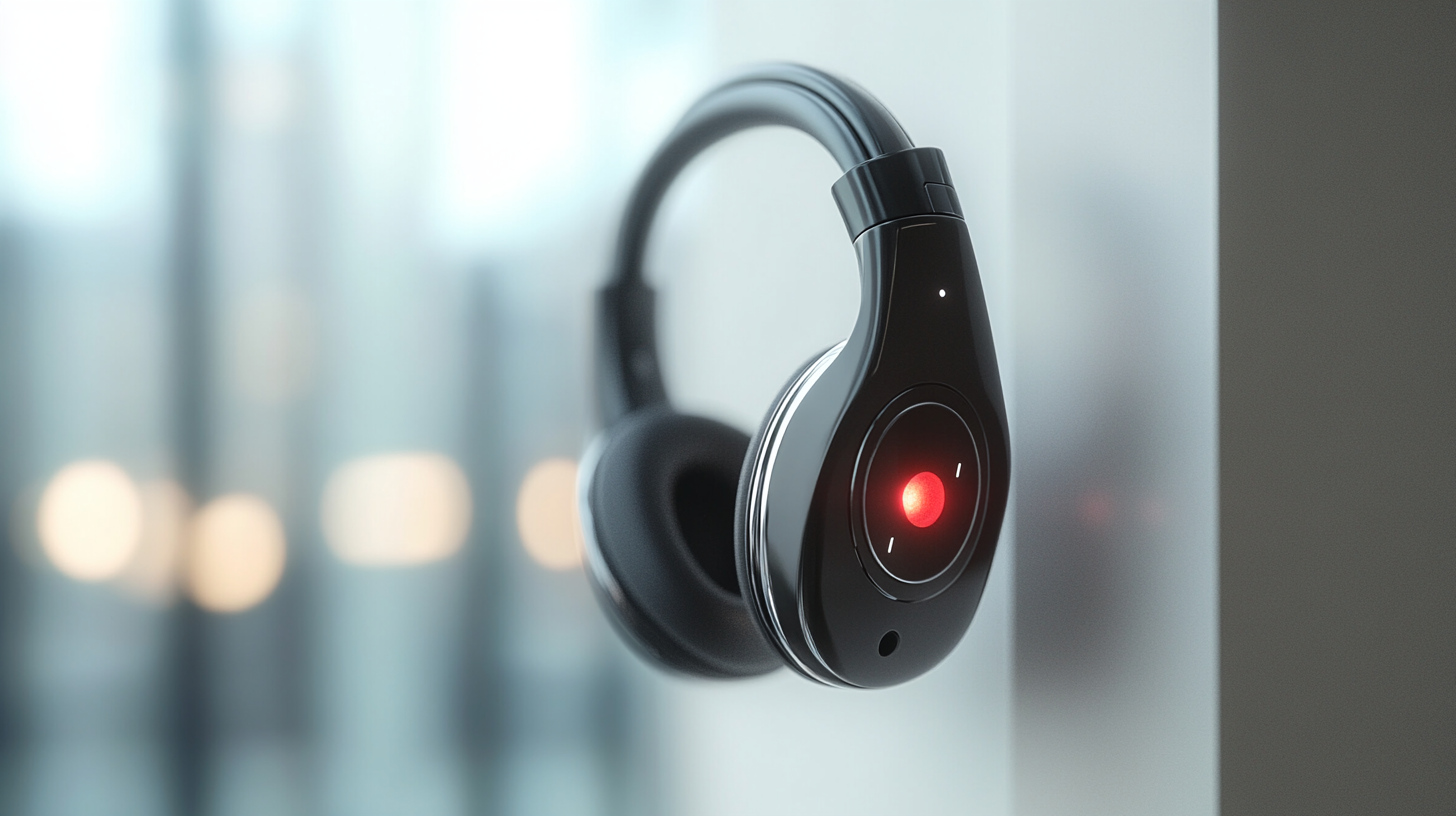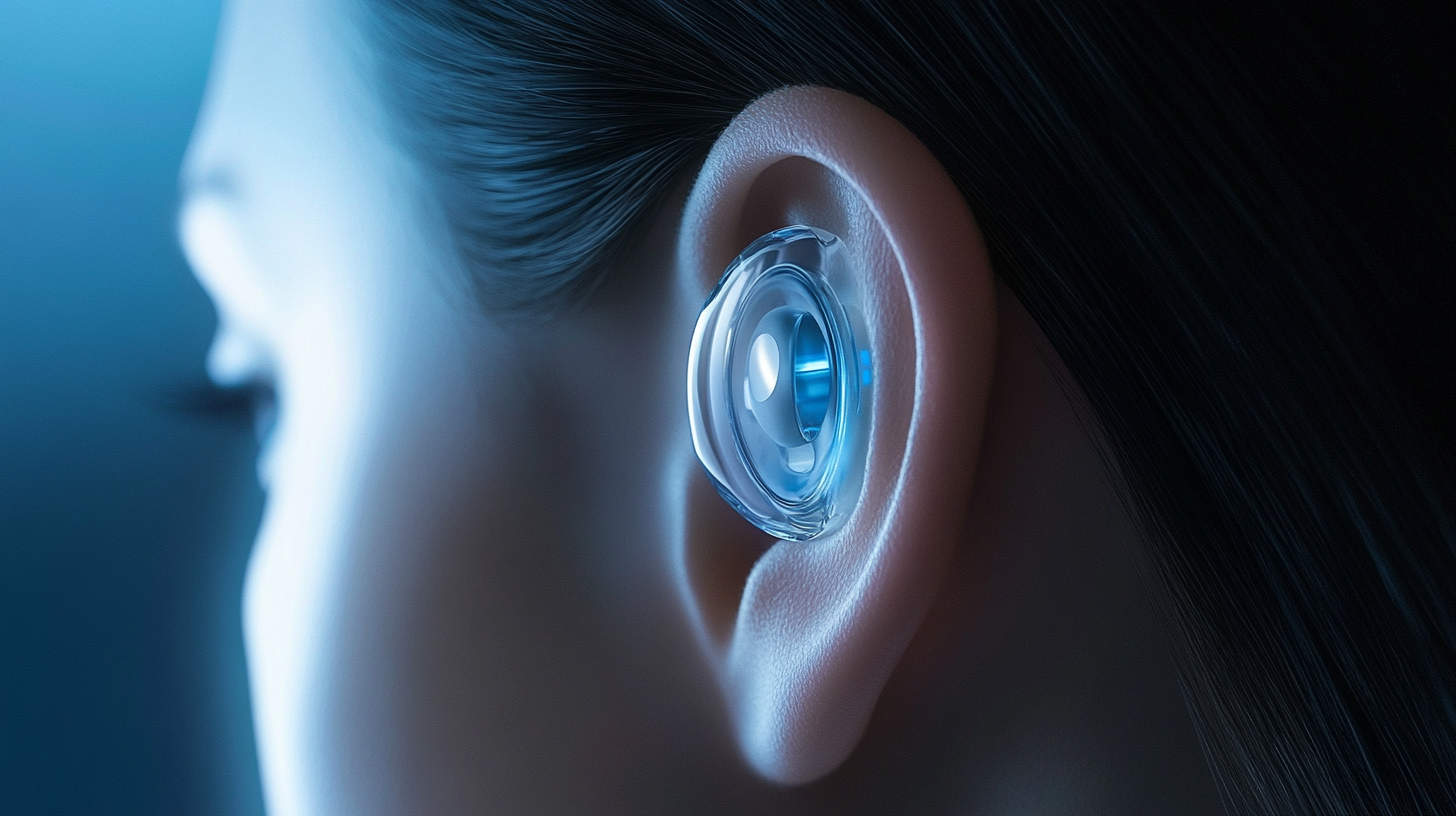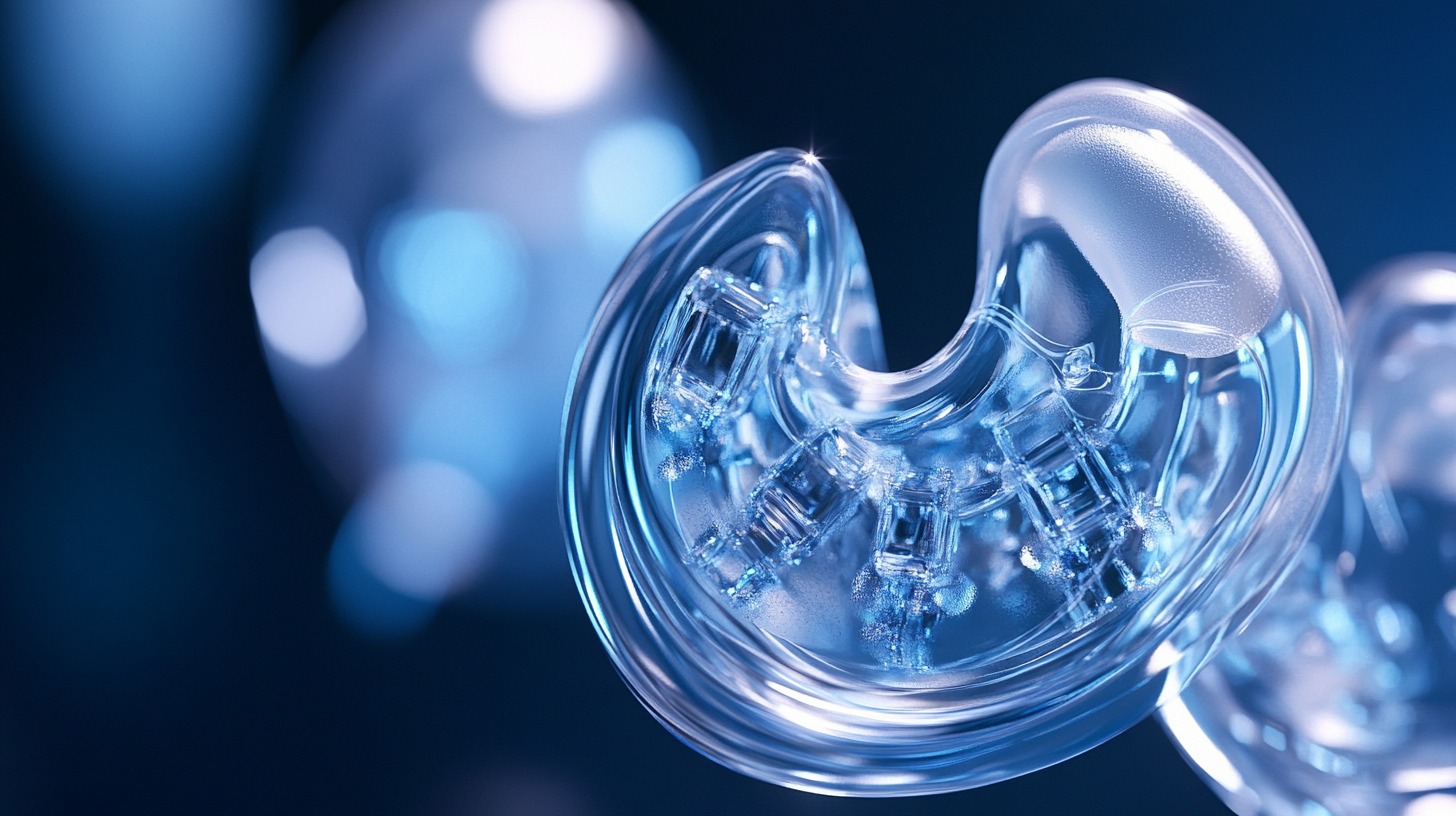Contrary to the trend of almost all electronics being handy, miniature, and light, apparently, there still exist some old-school hearing aids-uncomfortable, bulky devices in forceful horror colors designed to be seen by everyone. Perhaps that is not why I never would want to wear one. The World Health Organization estimates 430 million people worldwide are suffering from disabling hearing loss-this number is set to grow in the following years. Such statistics become alarming and demand more effective and varied hearing solutions for different consumer needs. Among the various advancements, the novel development of Magnetic Hearing Aid technology appears more promising in offering solutions to the usual problems related to conventional devices.
Magnetic hearing aid technology utilizes magnetic field technology to provide excellent comfort, more durability, ease of use, and very good sound quality. According to the National Institute on Deafness and Other Communication Disorders, the global hearing aid market is likely to exceed $12 billion by the year 2024. This reflects a growing demand for sophisticated auditory devices. As hearing loss continues to increase and wireless technologies advance, Magnetic Hearing Aids have not only the enhanced performance features but create a paradigm shift in auditory care. Therefore, such innovations create guarantee better hearing opportunities and accessibility in auditory solutions for the users.

Magnetic hearing aid technology is ushering in radical changes in the hearing-aid marketplace. This new design uses magnets to push a traditional hearing aid further along the functionality and user experience lines. The inclusion of magnetic components in these devices guarantees enhanced sound quality, convenience, and performance, presenting them as desirable options for hearing impairment. Apart from that, the most amazing advantage of magnetic hearing aids is the ability to connect them seamlessly with any device. Users have an easy time connecting their hearing aids to smartphones, TVs, and other electronics for an integrated experience. This level of connectivity does more than enhance listening pleasure; it also changes the way users interact with their environments, blurring the line between technology and everyday life. Also, many magnetic hearing aids are generally sleeker and less conspicuous than their older counterparts. This aesthetic advancement solves concerns about visibility and comfort, thereby encouraging more people to start seeking hearing solutions. With the advancement of this technology, it is also said that magnetic hearing aids will gain popularity and change how hearing loss is managed while providing contemporary solutions to millions around the world.

Magnetic hearing aids epitomize progression in audiological technology as they apply and leverage new mechanics that enhance sound quality and comfort while hearing. An exceptional and inventive magnetic system has been placed in cooperation with advanced digital signal processing, allowing for precise adjustment according to the user's hearing loss profile. Rather than amplifying every sound indiscriminately, these devices help the hearer selectively to attend to sounds bearing speeches while suppressing background sound.
An understanding of the mechanics behind magnetic hearing aids sheds light on why they might present certain advantages. The magnetic components are mounted inside the ear canal in such a way that the device can offer a secure and personal fit. This not only aids in the delivery of sound, but it also reduces feedback issues more than a common hearing aid. The magnetic coupling ensures a waterproof connection between the microphone and the receiver, rendering whispered conversations possible in loud environments.
In addition, this type of hearing aid comes with user-adjustable configurations that can be managed via smartphone apps or remote devices. This kind of customization offers a sense of power to the user to change his/her hearing environment when subject to variations, be it a pin-drop quiet room or round-the-clock hustling cafes. As we continue to chart the evolution of hearing solutions, the workings behind TV magnets will surely be remembered as a giant leap for their users in exerting greater control over their hearing and enriching their lives regarding aural fulfillment.

Magnetic hearing aid technology is indeed the latest revolution in hearing solutions that supersedes the old standards set by traditional devices. The advanced magnetic components of the devices make a real difference in terms of quality of sound and comfort for the user. Unlike bulky conventional hearing aids, modern magnetic devices allow a much sleeker design that trains itself with the natural contours of the ear thus enhancing aesthetics and minimizing all the feedback issues typical of conventional devices.
The synergy in combining this novel magnetic technology with the contemporary development of advanced chip solutions is a clear indication that local manufacturers are gradually getting into the global fold. With a steady rise in demand for hearing aids all over the world, there seems to be a concrete trend toward self-research of hearing aid chips. This will boost the performance levels and personalizations levels that hearing aids have to offer. Magnetic hearing aids, thanks to the input of artificial intelligence and other sensing techniques, today survive in different environments and provide the user with a much more intelligent auditory experience.
Unlike traditional aids, which are very much based on obsolete technology, these new magnetic, however, will certainly be the more flexible and better way for hearing enhancement. This is an area that has even greater potential as emerging technologies in the industry, such as magnetic systems, take center stage in revolutionizing experiences concerning sound and make life less demanding for individuals with hearing drawbacks.

The significantly progressive and revolutionary new hearing aid technology utilizes magnets with which the individuals suffering from hearing impairment can now truly become part of the outer broader healthy environment. Such users of these devices report that newly incorporated magnetic systems give them all their listening experience requirements in an ideal way, effectually improving their daily life activities. Besides, sound is produced in clear and concise forms; hence, it avoids the noise suppression that usually comes along with conventional hearing aids. Thus lightweight and an abstract design make them feel free and more invigorated while being with their peers, rather than being restrained in some social environments.
Some experiences convey the personalized touch that was somehow added to personal and professional interaction from the onset of such feature. One of them is where Sarah presented her narrative about a family get-together after a long period of dealing with hearing loss. It was here that she could join in the conversations with her new magnetic hearing aids without asking others to repeat their words. Such has brought a dramatic change in Sarah's life, making her so much more mobile and functional socially, as well as in the emotional aspect, since some people now enjoy the feeling of being heard and loved in terms of spending time with family.
Also, several users have expressed relief from the feedback and sound distortion, typically painful with conventional models. John, a working professional, observed that he could now sit through meetings without the annoying background noise interfering with his communication with others. This improvement has not only made a difference in his work performance but also has made for a good relationship with colleagues, enabling more fruitful collaboration at work. In all these innovative hearing solutions, amplifying sounds is just a small part of a bigger picture of making lives better and creating connections.
Hearing aid development is about to see a massive paradigm shift owing to an influx of innovative magnetic technology into the hearing solution. According to a Grand View Research report, the global hearing aids market would reach USD 11.58 billion by 2025 and will grow at a compound annual growth rate of 4.6%. Such a rise, significant to reaching consumer satisfaction, is inducement to improve existing technology meaning the incorporation of more magnetic components in the hearing aids purposes to serve a much wider range of consumers.
As is said, magnetic technology can give very easy sound quality as well as comfort while using the device. Numerous studies have recently shown that magnetic technology in hearing aids reduces the feedback noise by 30%, resulting in a comfortable sound experience for users. On the other hand, improved designs may now cause these new inventions to be fashioned in a way that is much less harsh on the looks of the typical new-age consumer, to whom aesthetics are an essential part of functionality. With this newer form of magnetic technologies, we're now seeing smaller and yet very effective hearing aids, which are bound to alter the way consumers think about hearing improvement.
Besides, it is very much increasing in trend-the wireless way of hearing for hearing aids. According to a report from Mordor Intelligence, the wireless hearing aids segment is expected to grow substantially, spurred by high demand for Bluetooth-enabled devices. Using magnetic technology for effortless connectivity, users will be able to pair their hearing aids with smartphones and other devices for much accessibility and personalization. Bright is indeed the future of hearing aid development, with manufacturers often breaking new grounds with advancements in magnetic innovations.
*The content on this website is for general informational purposes only and should not be taken as medical advice. Please contact your physician or therapist to learn what therapy solution is suitable for your specific needs. Not all products, features, or indications shown are approved in all countries.